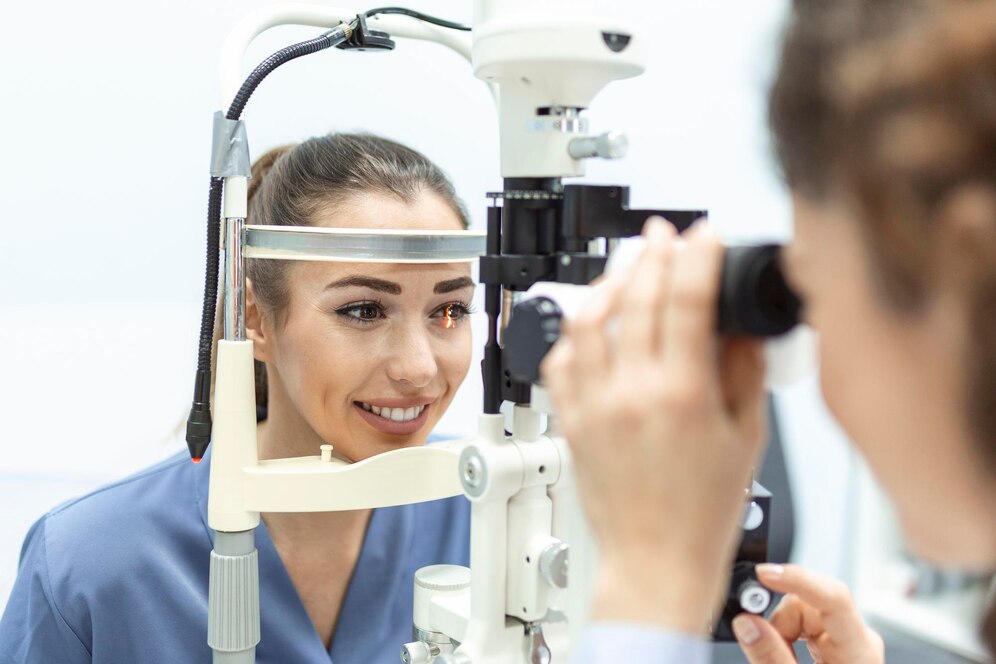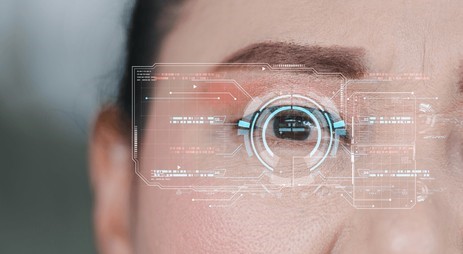Post-LASIK Care And Recovery: What You Need To Know
Undergoing LASIK (Laser-Assisted In Situ Keratomileusis) surgery marks a significant step toward achieving clearer vision and freedom from dependence on glasses or contact lenses. However, ensuring successful outcomes and long-term satisfaction requires diligent adherence to post-operative care and recovery guidelines. In this comprehensive guide, we outline essential information and practical tips to help patients navigate the post-LASIK healing process effectively.
Understanding the Post-LASIK Healing Timeline
The immediate post-operative period following LASIK surgery is crucial for initiating the healing process and optimizing visual outcomes. Patients can expect some degree of discomfort, blurry vision, and sensitivity to light in the hours and days following the procedure. However, these symptoms typically subside gradually as the cornea heals, with significant improvements in visual clarity occurring within the first few days to weeks post-surgery. It is essential to understand the expected timeline of recovery and to follow specific guidelines provided by your surgeon to facilitate a smooth and uneventful healing process.
Protecting Your Eyes
Protecting your eyes from injury, infection, and environmental irritants is paramount during the post-LASIK recovery period. Your surgeon will likely recommend wearing protective eyewear, such as sunglasses, to shield your eyes from bright sunlight and ultraviolet (UV) radiation, which can cause discomfort and delay healing. Additionally, avoiding activities that pose a risk of eye trauma, such as contact sports or swimming, is advisable until your surgeon gives you the green light to resume normal activities. Be sure to follow any specific instructions provided by your surgeon regarding the use of eye drops, medications, and hygiene practices to prevent infection and promote healing.
Managing Discomfort and Dryness
It is common to experience dryness, itchiness, and a gritty sensation in the eyes following LASIK surgery, as the cornea undergoes healing and readjustment. Your surgeon may prescribe lubricating eye drops or artificial tears to alleviate discomfort and keep the ocular surface moist. It is essential to use these eye drops as directed, even if you do not experience significant dryness, to promote optimal healing and prevent complications such as corneal abrasions or inflammation. Additionally, avoiding activities that exacerbate dryness, such as prolonged screen time or exposure to dry, windy environments, can help minimize discomfort and promote a faster recovery.
Follow-Up Appointments
Regular follow-up appointments with your LASIK surgeon are essential for monitoring your progress, assessing visual outcomes, and addressing any concerns or complications that may arise during the recovery period. Your surgeon will typically schedule several post-operative visits in the weeks and months following LASIK surgery to evaluate your vision, corneal healing, and overall ocular health. Be sure to attend all scheduled appointments and communicate any changes in your symptoms or vision to your surgeon promptly. These follow-up visits play a crucial role in ensuring optimal outcomes and addressing any issues that may arise during the healing process.
Avoiding Rubbing or Touching Your Eyes
Rubbing or touching your eyes, particularly in the immediate aftermath of LASIK surgery, can increase the risk of complications such as corneal abrasions, infections, or flap displacement. It is essential to resist the urge to rub or touch your eyes, even if you experience itching or discomfort, as this can disrupt the healing process and compromise visual outcomes. If you experience persistent itching or irritation, gently instilling lubricating eye drops or applying a cold compress to the closed eyelids can help alleviate symptoms without compromising healing.
Monitoring Visual Changes
While some degree of fluctuation in vision is normal during the post-LASIK healing process, it is essential to monitor any significant or persistent changes in your vision and promptly report them to your surgeon. Visual symptoms such as sudden blurry vision, halos around lights, or difficulty seeing clearly at night may indicate underlying issues such as corneal edema, flap complications, or regression of refractive correction. Your surgeon will conduct a thorough examination to identify the cause of these symptoms and recommend appropriate interventions to address them.
Returning to Normal Activities
Gradually resuming normal activities and routines is an important aspect of post-LASIK recovery, but it is essential to do so cautiously and in accordance with your surgeon’s recommendations. While most patients can return to work and light activities within a day or two following LASIK surgery, strenuous activities, heavy lifting, or activities that pose a risk of eye injury should be avoided for a few weeks to allow for adequate healing. Be sure to follow any specific guidelines provided by your surgeon regarding activity restrictions and the gradual reintroduction of activities to minimize the risk of complications and optimize visual outcomes.
Adhering to Long-Term Care Guidelines
While the immediate post-operative period is critical for ensuring optimal healing and visual recovery, ongoing long-term care is essential for maintaining the benefits of LASIK surgery over time. Your surgeon may recommend continuing to use lubricating eye drops or artificial tears as needed to alleviate dryness and maintain ocular comfort, particularly if you experience persistent dry eye symptoms. Additionally, attending regular eye exams and screenings is important for monitoring your eye health, detecting any potential issues early, and ensuring the long-term success of your LASIK procedure.
Conclusion
Navigating the post-LASIK care and recovery process requires patience, diligence, and adherence to specific guidelines provided by your surgeon. By following these essential tips and recommendations, you can facilitate a smooth and successful healing process, minimize discomfort and complications, and enjoy the long-term benefits of improved vision and freedom from glasses or contact lenses. Remember to communicate any concerns or changes in your symptoms to your surgeon promptly and attend all scheduled follow-up appointments to ensure optimal outcomes and satisfaction with your LASIK surgery experience.








